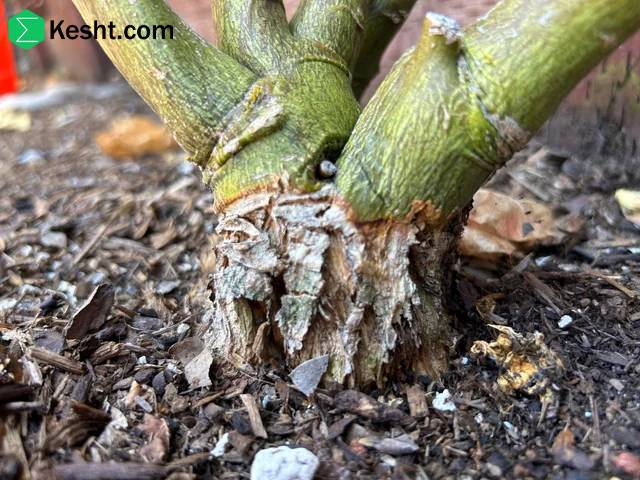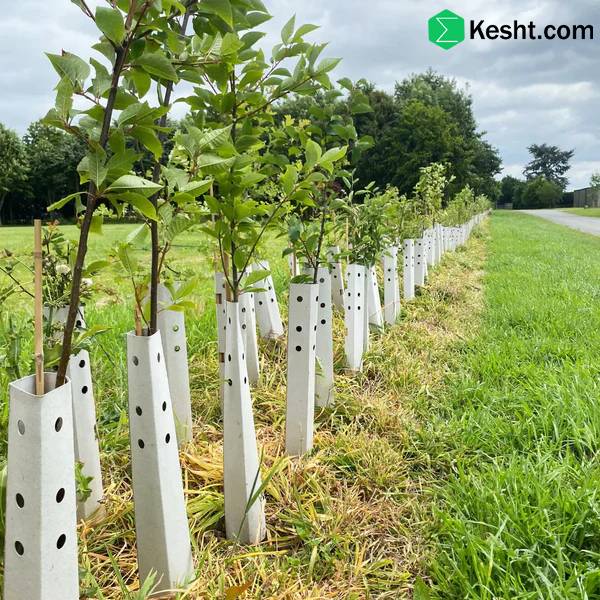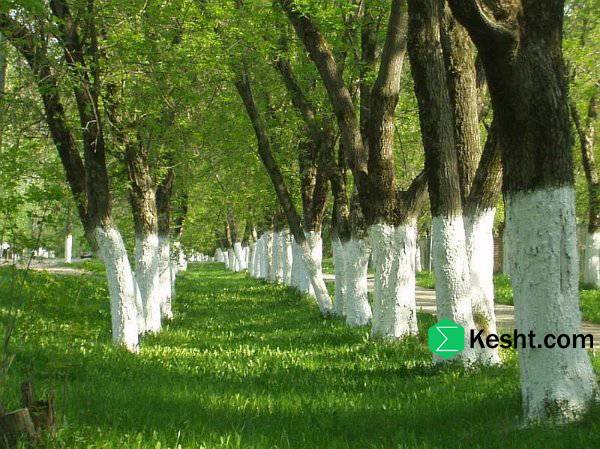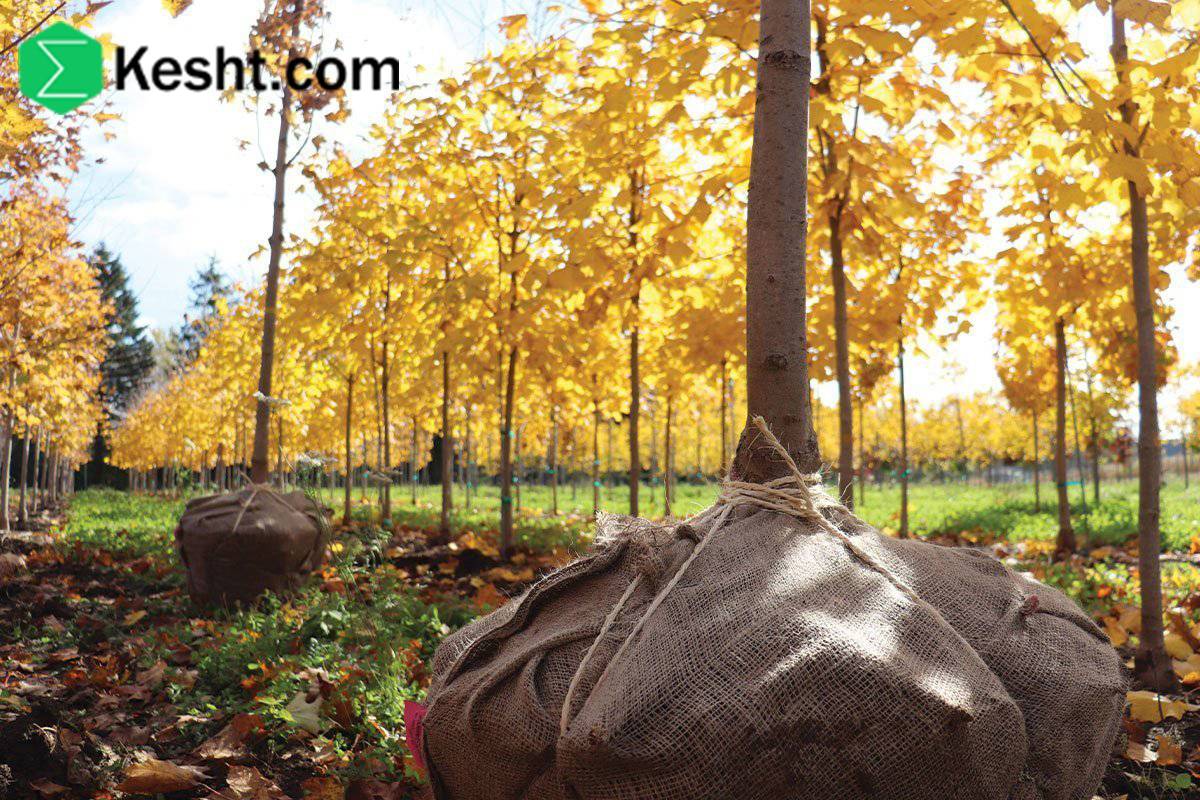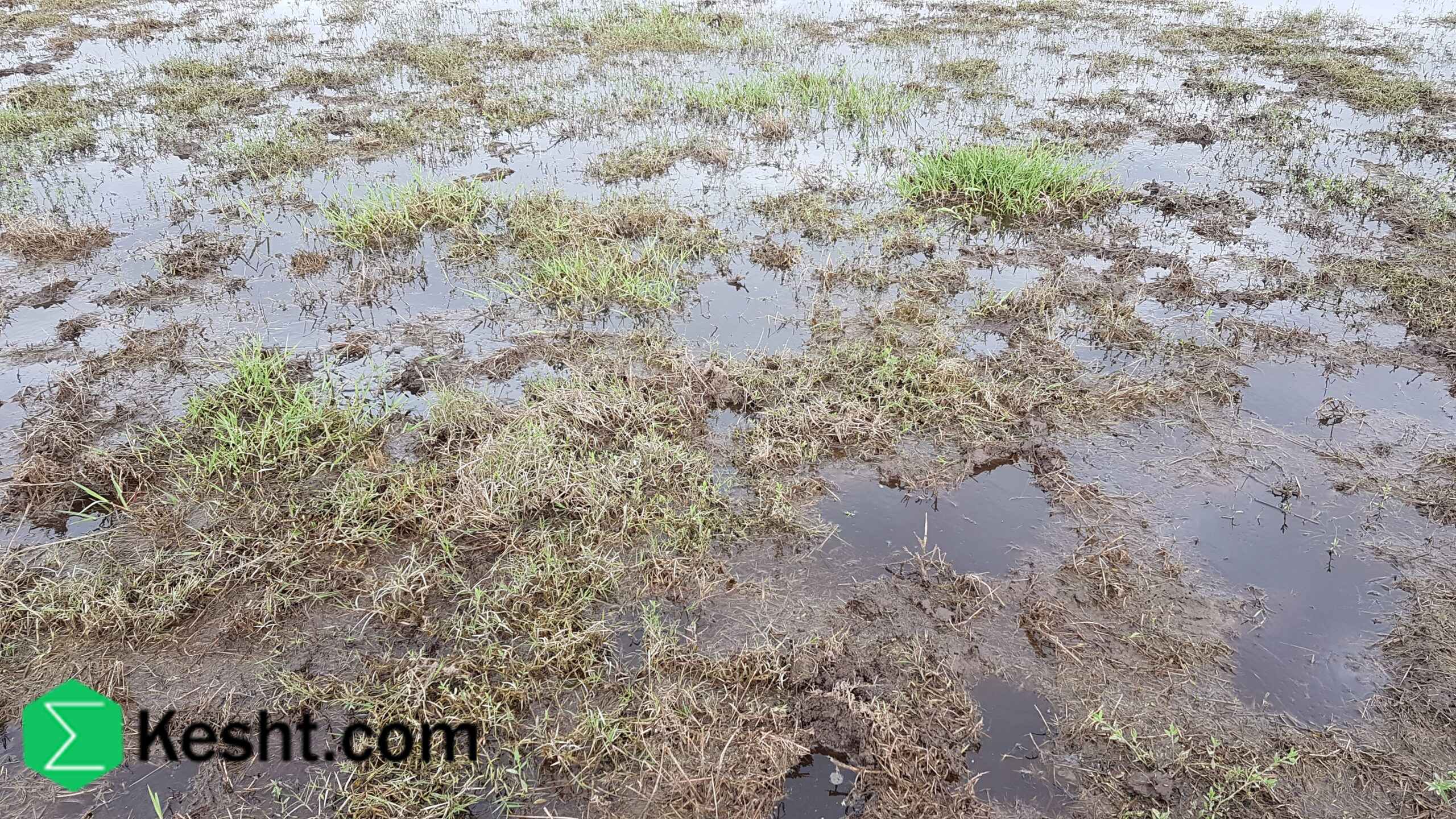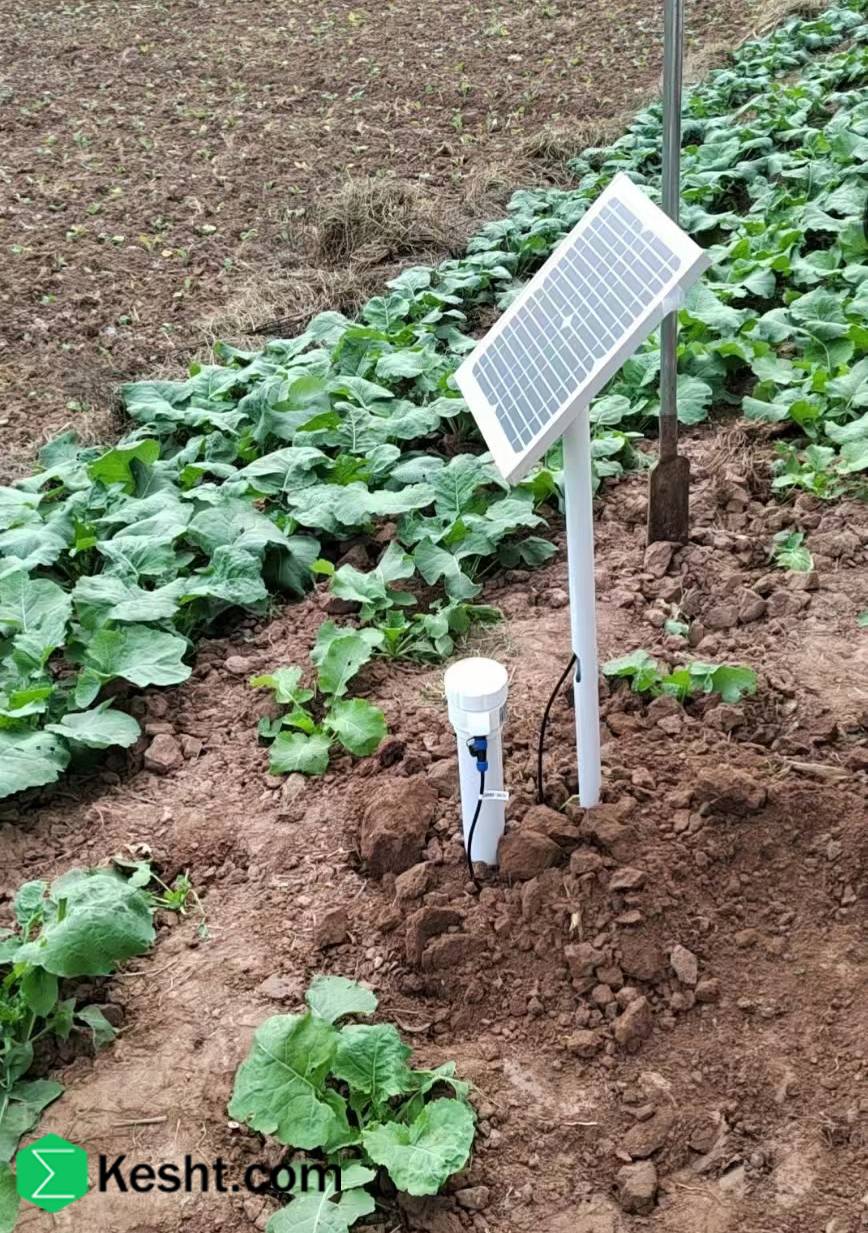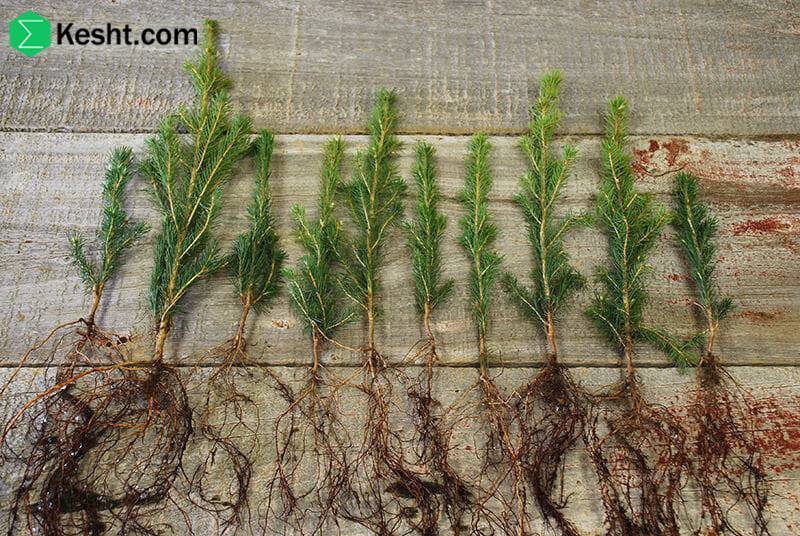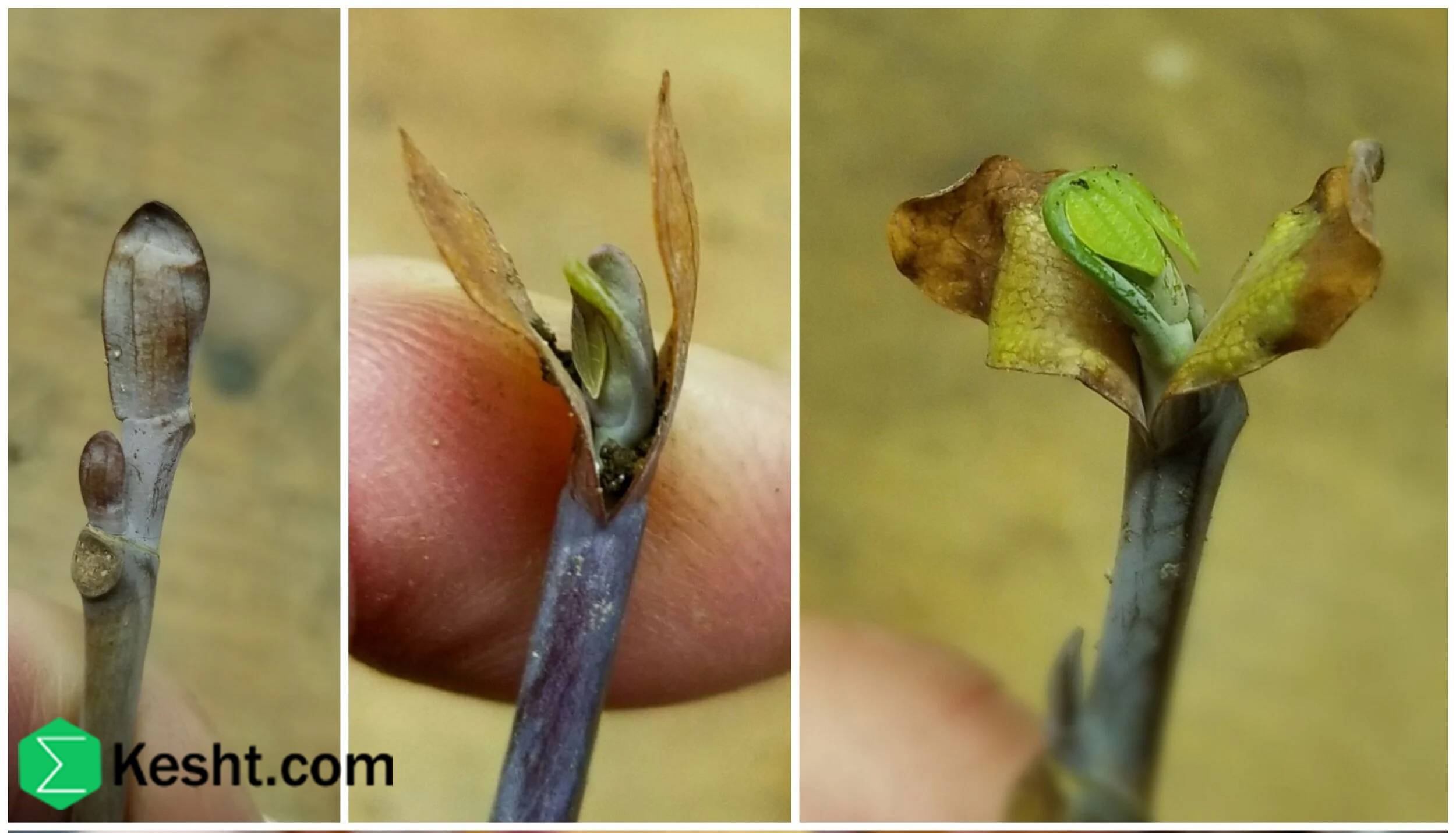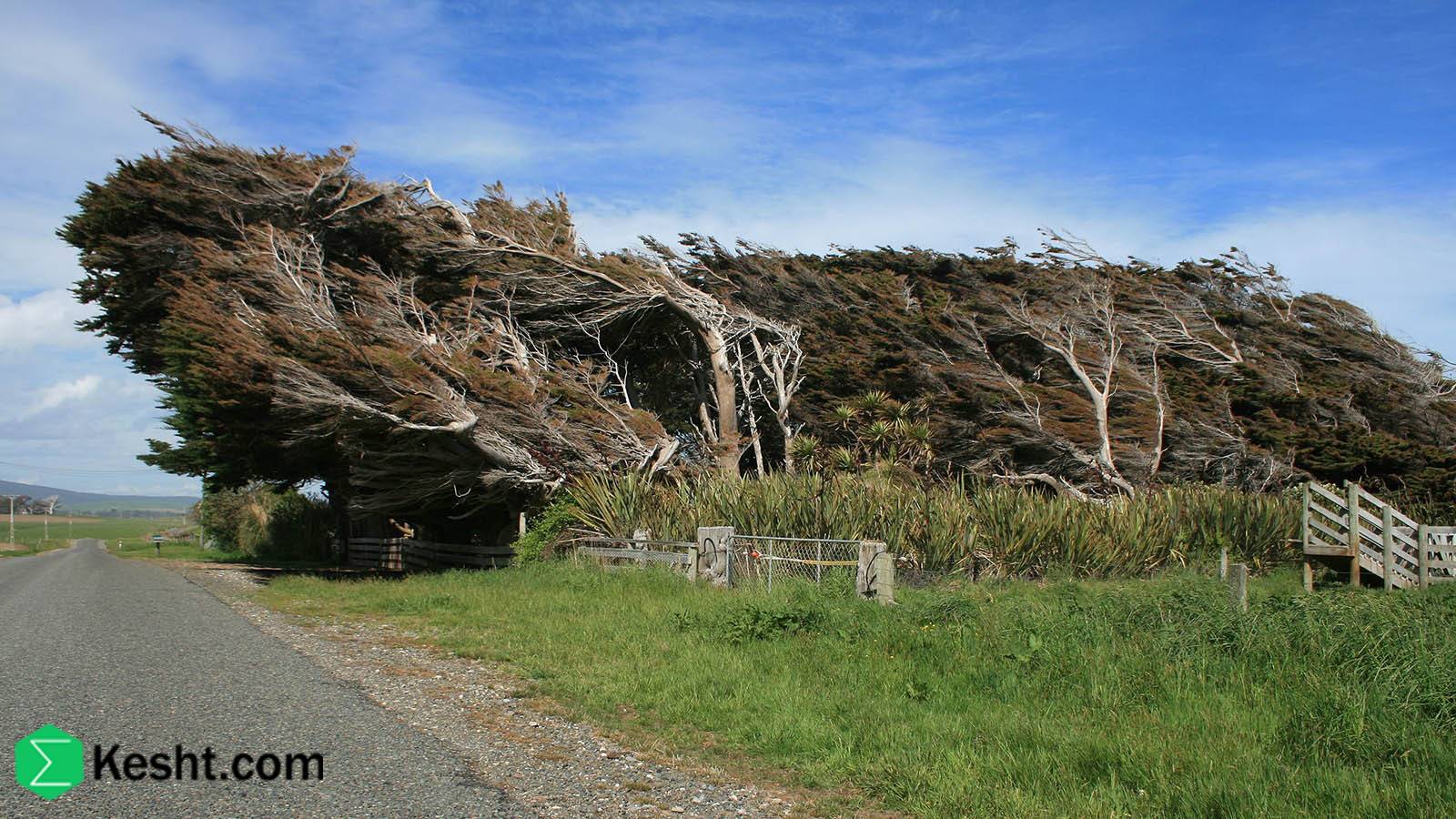Risk of Collar Rot — Diagnosis, Causes, and Rescue Strategies for Saplings
Definition: What is “collar rot” (crown rot/collar rot)?
Collar rot is the infection or decay of the soft tissues at the junction of root and stem (the root collar/crown). This zone is the most critical part of a sapling because:
- Conducting tissues carrying water and nutrients from the roots into the stem converge here.
- The cambial tissues responsible for secondary (thickening) growth lie in this region.
- Damage here severs the connection between roots and shoots → death of the sapling.
The collar (crown/root collar) is exactly where the stem meets the root—typically at or slightly above the soil surface. Anatomically and physiologically it is the plant’s most vulnerable transition zone:
- All phloem and xylem flows pass through here: water and minerals from roots to leaves, and sugars and hormones from leaves to roots.
- It is a tissue transition zone: root tissues shift to stem tissues.
- Most sensitive point: Unlike roots adapted to a wet, soil environment and stems adapted to air, the collar sits between the two and is highly vulnerable.
If the collar is destroyed, the root–shoot connection is cut and the plant is doomed.
Difference between Collar rot and root rot:
- Root rot: Affects fine or main roots — the sapling may survive.
- Collar rot: Affects the root–stem junction — mortality is almost certain.
Why is collar rot lethal for saplings?
- Reason 1 → Interruption of water and nutrient flow
The collar is the last checkpoint before water/minerals enter the stem. Decay blocks conduits → the sapling dries down from the top.
- Reason 2 → Disruption of secondary growth
The cambium at the collar is responsible for thickening and wound repair. If it dies, the sapling cannot heal.
- Reason 3 → No replacement possible
Unlike roots or shoots that can regrow, the collar cannot be “replaced” — pruning or fertilizing cannot restore it.
Main causes of collar rot
A) Pathogenic fungi (most common cause)
| Fungus | Susceptible hosts | Conducive conditions |
| Phytophthora spp. | Apple, peach, walnut, citrus | Wet soils; poor drainage; frequent irrigation |
| Rhizoctonia solani | Forestry and greenhouse seedlings | Infested soil; 25–30°C; high humidity |
| Fusarium spp. | Cherry, peach, mulberry | Warm soils; mechanical injury; stress |
Phytophthora = “sapling killer” — the most common cause of collar rot in waterlogged soils.
Major fungal agents:
- Phytophthora spp. — most destructive in wet soils
- Rhizoctonia solani
- Fusarium spp.
- Armillaria mellea (honey fungus) — attacks woody trees
Bacterial agents:
- Erwinia spp. — causes soft, foul-smelling rots
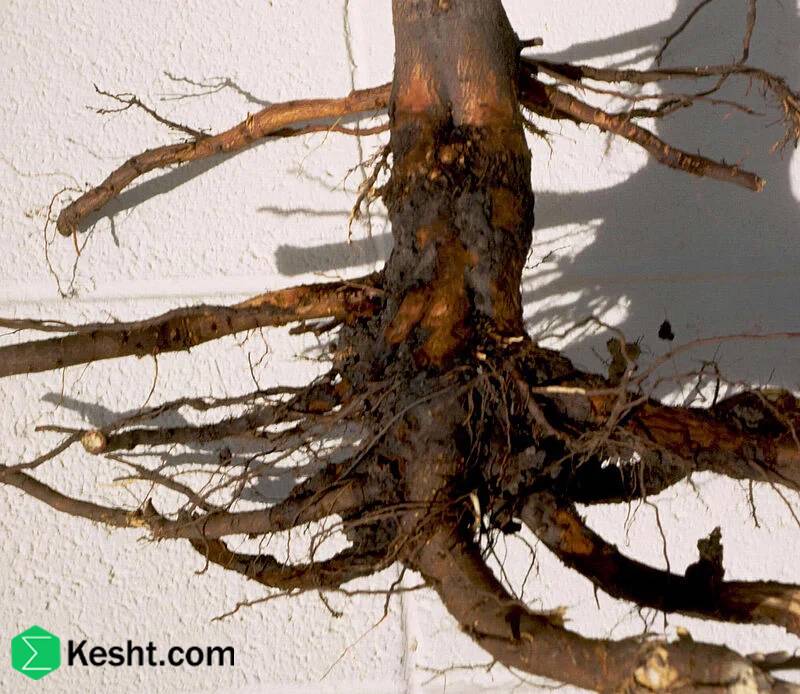
B) Unfavorable environmental conditions
- Overwatering — especially wetting the collar directly
- Poor drainage — persistent saturation → oxygen deficiency → fungal proliferation
- Mulch in direct contact with the stem — mulch must be 5–10 cm away from the trunk
- Warm soil plus high moisture — ideal for fungal growth
Common predisposing conditions
- Excess moisture at the collar:
- Planting too deep (burying the collar)
- Water pooling around the collar
- Irrigation practices that keep the collar wet
- Poor soil drainage:
- Heavy clays that retain water
- Planting in pits/depressions
- Mechanical injuries:
- Wounds from tools
- Frost cracks/injury
- Rodent gnawing
- Weather:
- Mild temperatures (18–25°C)
- High humidity
- Prolonged rainfall
C) Management errors
- Deep planting — collar ends up below soil → stays wet → decay
- Tying ropes tightly to the stem — mechanical injury → pathogen entry
- Using contaminated tools — shovels/knives not disinfected
- Moving infested soil — bringing pathogen-laden soil from other sites
Symptoms — how to diagnose
Stem/collar symptoms:
- Bark discoloration: dark brown to black at the collar (sometimes purplish patches)
- Softness and depression: tissue feels soft/wrinkled when pressed
- Bark sloughing: bark separates easily; tissues underneath are necrotic, often with foul odor
- Fungal growth: in wet conditions, white (cottony) or pink (Rhizoctonia) mycelium may appear
Whole-plant symptoms:
- Sudden wilting — even when soil is moist
- Leaves yellowing from tips downward — mimics drought, but irrigation doesn’t help
- Stunted growth — buds fail to open or stall
- Rapid death — in severe cases, death within 3–7 days
Definitive diagnosis:
With a disinfected knife, carefully peel the outer bark at the collar and inspect:
- White/cream and firm = healthy
- Brown/black and soft = rotted — the sapling is not salvageable
Consequences of collar rot
| Outcome | Explanation |
| 100% mortality of saplings | In advanced cases — even with treatment |
| Loss of capital | Cost of plant, planting, and care — no return |
| Soil contamination | Fungi (especially Phytophthora) persist in soil for years |
| Spread to neighboring plants | Via irrigation water, tools, or soil movement |
| Reputational damage to nurseries | If infected stock is sold to clients |
Prevention — more important than cure!
Golden rule:
“Collar rot cannot be cured — it can only be prevented.”
- Strategy 1 → Choose sites with proper drainage
- Ensure slopes or field drains
- On flat land, build raised beds/mounds ≥30 cm high
- Do not plant into heavy clay without amendments
- Strategy 2 → Correct planting depth — set the collar exactly at soil level
- The root collar (stem–root junction) must be flush with the soil surface — not above, not below
- In grafted stock, keep the graft union 5–10 cm above soil level
Common mistake:
Planting deep to “protect roots” — actually promotes collar rot.
- Strategy 3 → Irrigation management — keep water off the collar
- Use drip irrigation — not hose flooding or basin flooding at the trunk
- Place emitters at least 20 cm away from the stem
- Avoid spraying water directly onto the stem during hand watering
- Strategy 4 → Proper mulching — keep mulch off the stem
- Mulch a 10–15 cm radius around the sapling, but leave a 5–10 cm mulch-free ring at the stem
- Avoid heavy, airless mulches (dense clay caps or unvented plastic)
- Strategy 5 → Disinfect soil and tools
- Inoculate planting sites with beneficial biocontrols (e.g., Trichoderma harzianum)
- Disinfect planting/pruning tools with 70% alcohol or sodium hypochlorite solution
- Do not reuse contaminated bags, pots, or media
- Strategy 6 → Choose resistant species/rootstocks
- In wet regions, use Phytophthora-tolerant rootstocks:
- Apple: MM111, Malling 9 (relatively tolerant)
- Peach: Guardian, Nemaguard
- Walnut: RX1, VX211
Treatment — only useful at very early stages
If decay is superficial (discoloration but tissues still firm):
- Step 1 → Reduce moisture
- Suspend irrigation until the collar zone dries
- Step 2 → Excavate around the collar
- Remove soil 5–10 cm below the collar to expose and aerate the area
- Step 3 → Fungicide intervention
- Apply fosetyl-Al (Aliette) or metalaxyl (Ridomil) to the affected zone
- Systemic fungicides are only helpful very early
- Step 4 → Mechanical protection
- Cover the injured area with a tree wound dressing
- Prevent any direct contact with soil or irrigation splash
Warning:
If tissues are soft and malodorous, treatment is futile. Remove and discard the sapling to prevent contaminating the soil and neighboring plants.
Susceptible vs. relatively resistant species
| Susceptible | Relatively resistant (context-dependent) |
| Peach | Walnut (in well-drained soils) |
| Cherry | Almond (in light soils) |
| Apple | Olive (in dry soils) |
| Citrus | Prosopis (mesquite) |
| Mulberry | Pine (in sandy soils) |
Recommendation: In heavy soils or humid climates, avoid planting peach, cherry, and citrus — unless using resistant rootstocks and very careful management.
Conclusion
Collar rot = “a sapling’s heart attack” — rapid diagnosis and prevention are the only real safeguards.
- Root cause: Excess moisture + low oxygen + soilborne fungi
- Rescue pathway: Drainage + correct planting depth + smart irrigation + proper mulching
- Treatment: Only at the very beginning — and with low odds of success
Final practical recommendations:
In heavy or humid sites, install drainage or build mounds before planting
Set every sapling’s collar exactly at soil level — no deep planting
Use drip irrigation with emitters set back from the stem
Keep a mulch-free ring around the trunk
Inspect collars weekly for discoloration and early signs of decay
